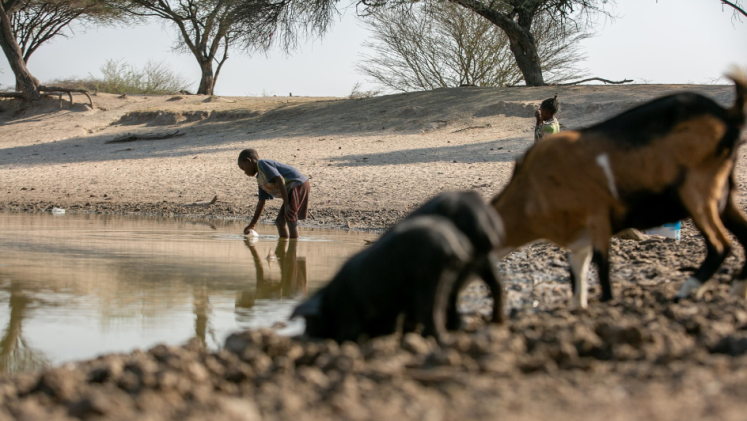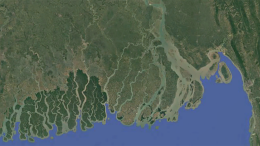Dr. Stefano Terzi works with UNU-EHS’ Global Mountain Safeguard Research (GLOMOS) programme as a visiting scientist. His work focuses on mountain regions and contributes to analysing the spread of water scarcity impacts arising from unbalanced conditions of water availability and the diverse needs for water across various sectors. Recently, Dr. Terzi co-authored a publication on how over-reliance on water infrastructure can hinder climate resilience in pastoral drylands in the Nature Climate Change journal. We met with him to learn more about pastoral adaptation strategies in response to extreme droughts and water development.
What is meant by over-reliance on water infrastructure and how can it hinder climate resilience?
In response to drought, a common strategy is to increase water supply. As reported for several sub-Saharan African cases and a focus analysis in Angola, this involves the construction of new small water infrastructures (SWIs) like artificial lakes, deep wells and boreholes. While these infrastructures provide immediate relief during severe drought conditions, they also have long-term effects on pastoral communities by fostering reliance on fixed water points, thereby eroding their traditional drought coping mechanism: a mobile pastoral lifestyle. Their traditional knowledge, gained through years of nomadic living, plays a crucial role in identifying new water sources. In times of drought, this lifestyle serves as a coping mechanism to protect livestock and therefore livelihoods. The over-reliance on fixed water points can transform herding communities into sedentary farmers relying on higher water demand for agriculture. Such developments can lead to the loss of traditional knowledge, which can in turn make such communities more vulnerable to future droughts.
What is a concrete example of a pastoral adaptation strategy?
Adaptation strategies rely on traditional knowledge built on many years of experience and generations. Pastoralists move with their herd, following precipitation patterns to escape harsh drought conditions. They travel from a few weeks up to years from the hyper-arid south to the humid subtropical north of Namibe in Angola, looking for water and pasture availability. On their way, some water points are present, but they are limited in number and merely used as a means to support mobility.
One of the tipping points in the 2023 Interconnected Disaster Risks report concerned groundwater depletion, increasing risks of water and food insecurity. Does the study in Angola reveal similar findings?
The dynamics are similar, with the increase of water supply initially being viewed as the solution to any problem relating to drought impacts. Drilling deeper boreholes can provide relief during emergency drought conditions but is not a sustainable solution. In identifying solutions for sustainable water development supporting long-term resilience, it is key to acknowledge both short- and long-term effects. Small water infrastructures, such as deep wells and boreholes, are often championed by governments and organizations to support pastoralists’ resilience to droughts, especially during exceptionally intense droughts. As groundwater is not an infinite source of water supply, the long-term impacts of this approach could be severe. Through increased reliance and higher water demands, communities expose themselves to future drought impacts, such as food insecurity and conflicts. Consequently, an increased dependence on new water infrastructures among pastoralists should be perceived as a concerning development. The construction of new water points should align with their mobility routes and access should be regulated in collaboration with nomadic communities. Without working on water governance, water infrastructures positively increase water supply, while they can also hinder the long-term resilience of pastoralists to droughts.




